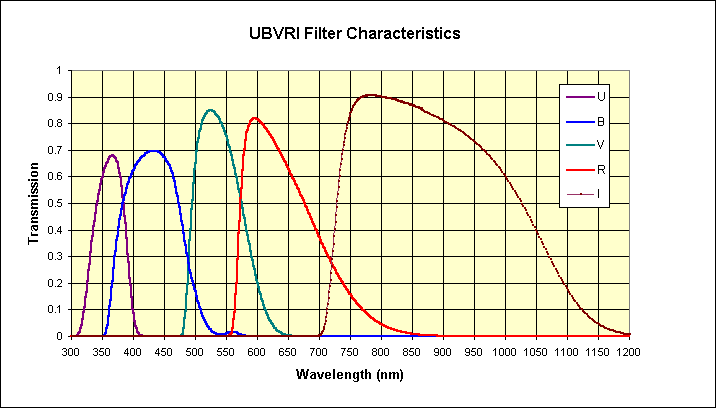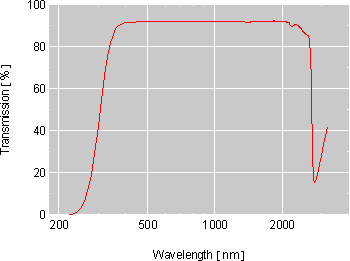Advanced Telescope Supplies
Photometry
The amount of light that we receive from objects that are far removed from our home planet is called flux. The science of measuring the flux we receive from asteroids, comets, stars, nebulae, galaxies etc. is called photometry. Photometry usually refers to measurements of flux over a broad range of wavelengths of light. Measurement of flux, when coupled an estimate of the distance to an object, can give us information on the total energy output of the object (luminosity) from this we can apply physical laws to determine its temperature, size period of rotation and other physical properties.
Because of the specialized and very expensive nature of the equipment necessary to measure the flux of an object, accurate photometry was the domain of professional astronomers until recently. The tool that has changed the status quo was the CCD camera. CCD cameras have some excellent properties:
- High Sensitivity
- Linear response
- Digital output
- Broad spectral response
- Relatively affordable
Apart from a CCD camera, to perform accurate photometry you an astrophotographic capable telescope. Various aspects of telescope design and performance can affect photometric data. For example, plain glass correcting plates used in many Schmidt Cassegrain Telescopes can severely limit observations at the UV end of the spectrum. For scientific grade studies you will also need a set of UBVRI photometry filters.

These are specifically designed isolate discreet frequencies of incoming starlight to very accurately measure its brightness.
(Customers please note UBVRI filters can take around 2-3 months to deliver).
| Transmission curve of Schott BK7 (3mm thick) |
 |
Most CCD cameras use BK7 glass for their instrument windows, however for deeper UV studies quartz windows may need to be specified
Similarly, image aberrations can make it difficult to measure the flux of stars at the edge of a CCD field. Lastly you will need suitable software.
- Back to homepage